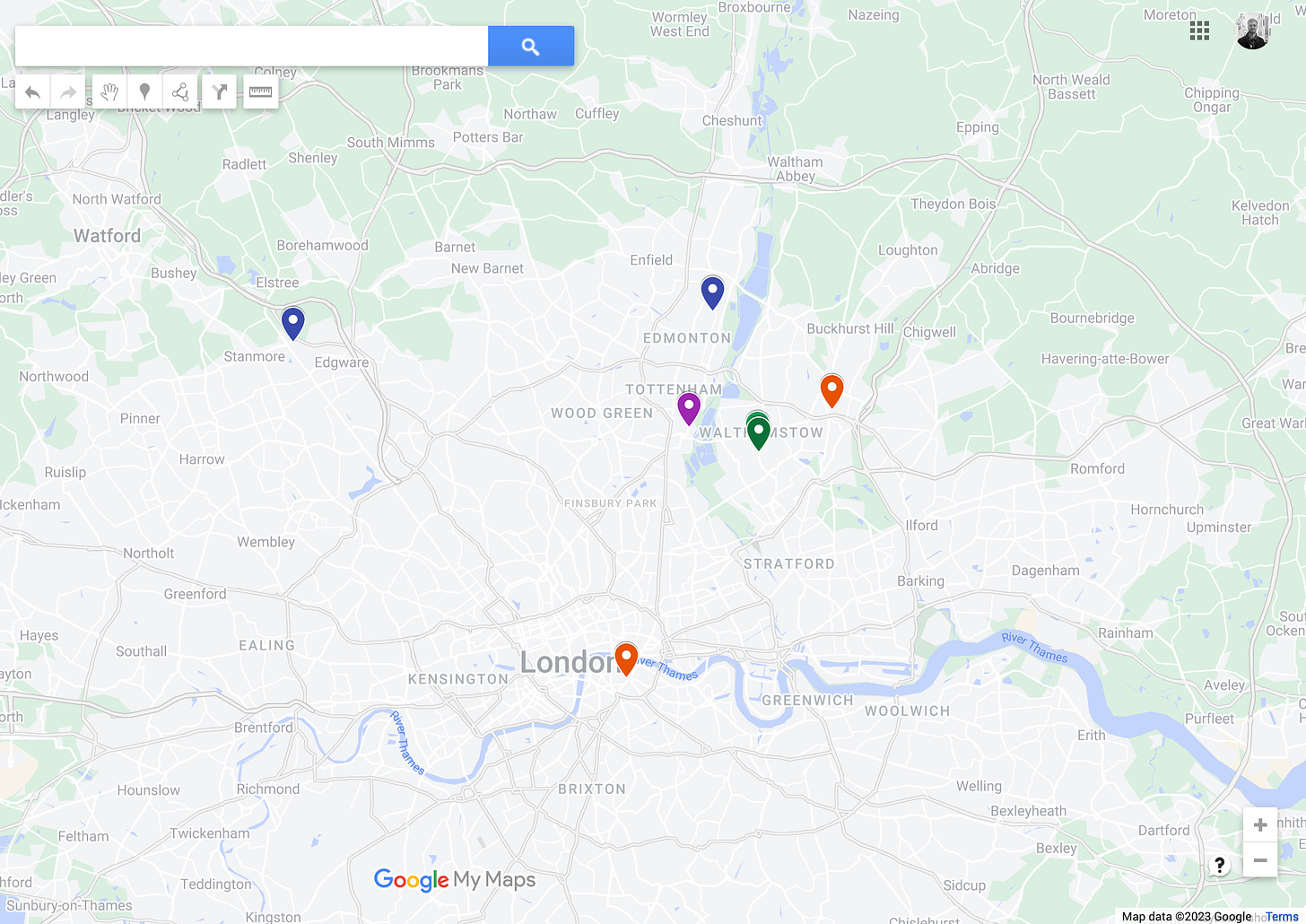Earlier this month, under the cover of darkness, we bundled our pioneering cohort of West100 leaders onto a bus in Bristol to visit five excellent schools in London over three days.
‘If you can’t see it, you can’t be it’
When developing our school leadership programme, we heard variations of the line above, time and time again, from aspiring and serving school leaders alike.
They told us that they wanted to ‘get under the hoods’ of other schools to see what makes them—and the people that lead them—tick.

They wanted to develop mental models of what schools can be like, witnessing first hand the approaches to curriculum, pedagogy, culture, assessment and the unique characteristics of some of the most successful and innovative schools in the country.
They wanted to hear from school leaders—at various stages in their own careers—about the values, principles, strategy and mechanisms that translate vision into reality, and the mistakes they’ve made along the way.
And they wanted to do all of this alongside peers working in a similar context to their own, aligned in purpose and a passion for the West Country.
Adopting a ‘scout mindset’
It was great to hear that people wanted to get out exploring together because it reveals deep humility, a keen curiosity and open-mindedness.
Our school leaders accept that they don’t have all of the answers—indeed, they never will—and that there’s ‘no one way’ to run an excellent school. For some, that ambivalence can be unsettling but our aspiring leaders embrace it and are energised by the opportunities it opens up.
This also presents an interesting challenge back to us, as programme facilitators, because what we should go and see exactly is less well defined: if there are no magic solutions, what are we looking for exactly?
Well, for us, how we go about the looking is more important that what we’re going to see. It’s about leaning into a collective ‘scout mindset’, that is—
Seeking to build the most accurate ‘map’ of reality, regardless of one's beliefs.
Encouraging open-mindedness and curiosity; valuing the discovery of truth over being right.
Approaching debates and discussions as opportunities to learn and refine our thinking, rather than as conflicts to be won.

‘Stimulus, not solutions’
Educational inequality is a properly complex issue. There’s no single solution. It’s made up of multiple, multifaceted variables and intricate interconnections. It’s difficult to define and comprehend, let alone solve.
But we know that context matters. Context affects how the broad, complex, systemic issues affecting many schools (like rising rates of persistent absence, for example) present themselves in our communities, while informing what we can do to address them (the variable quality of public transport systems around the country, for instance, affects the extent to which that can be levered to help from community to community).
While an abstraction itself, thinking critically about ‘context’ can ground debate, focus minds and drive action amidst complexity.
Context is concrete; it defines the very specific set of circumstances we find ourselves in and the assets we have available. It offers clear challenges and constraints and they, counterintuitively, can be very helpful indeed—sometimes it’s ‘thinking inside the box’ that yields the biggest breakthroughs1.
We acknowledge that what works over ‘there’ might work ‘here’ but any big transplantations of programmes or interventions (or, even, smaller transfusions of habits or routines) needs to be done sensitively with context in mind—just like our friends in medicine and horticulture.

This represents an important bit of framing for our school visits; we’re not looking for magic bullets or off-the-shelf, turnkey solutions. It also demonstrates the need and power of conducting them with other people who understand what the conditions are like in our own back gardens. Solo study visits are extremely beneficial—notes are taken, insights are gained, and possibilities are envisioned—but sharing and dissecting these experiences with a dozen or so like-minded individuals, each looking through slightly different lenses, multiplies all of that many times over.
Where did we go then?!
We had the great privilege of visiting five different schools:
2 x primary: Churchfields Junior School & Charles Dickens Primary School,
2 x secondary: AIM Academy North London & London Academy, and
1 x all-through: Harris Academy Tottenham.
From three different trusts (plus one LA-maintained community school):
That’s five schools at different points on similar turnaround journeys.
After each visit, our leaders took time to reflect on their experiences—chiefly, what impressed them, and what will influence their leadership going forward. We’ll be sharing those here later this week.
See Jessica Stillman’s article for Inc.com, Harness Creativity by Thinking Inside the Box. Her article on the ‘radical creativity’ of Pablo Picasso is another short but provocative read.




